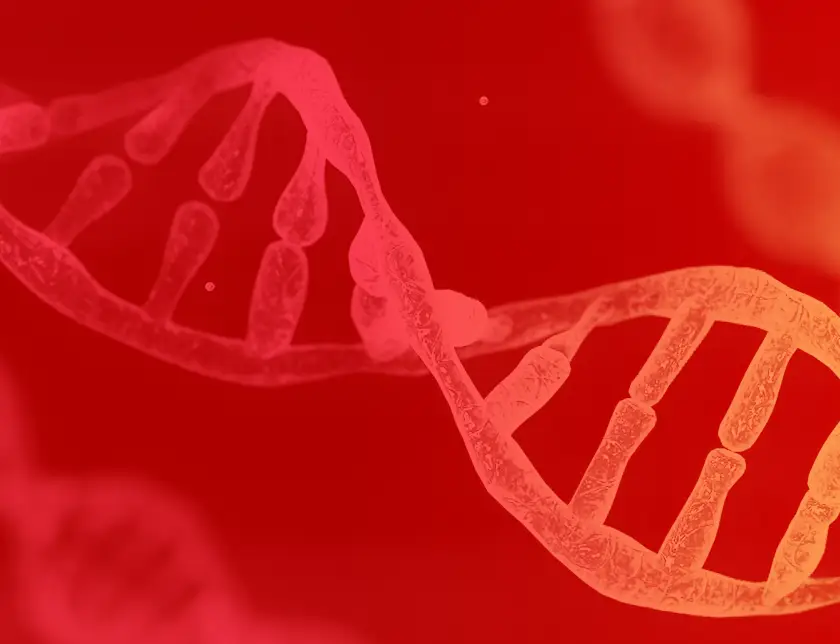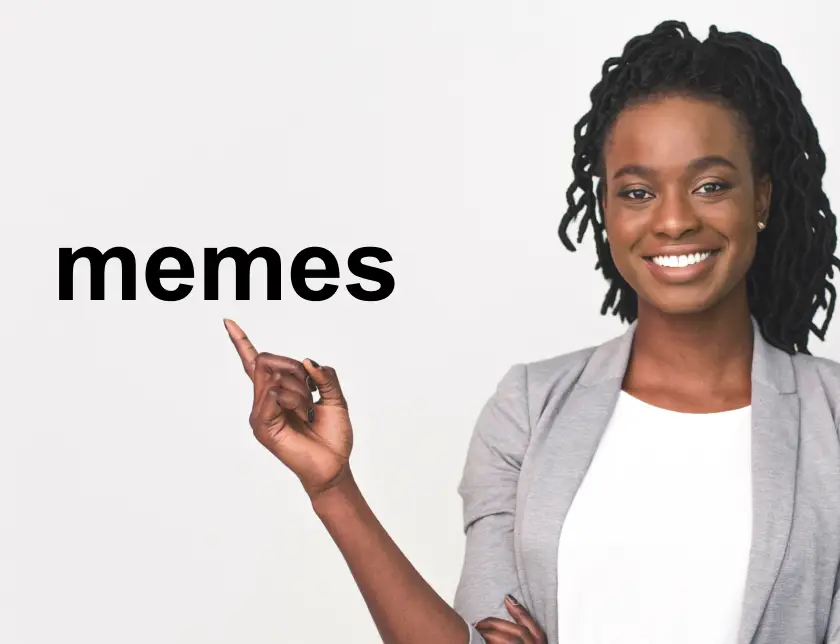A Quick Q&A with DNA
Written by:
Date:

It’s DNA day! To celebrate, the content team at HDMZ spoke to a very special guest: DNA, who told us about itself, why it’s more stable than RNA (drama!), and why it gets to play such an important role in your life – and the life of every other living thing.
Here’s the Transcript:
Hello DNA, so glad you could join us. For folks who aren’t familiar, how old are you and what is your full name?
Thanks HDMZ team, glad to be here. Yeah, so I’m approximately 4 billion years old, and my full name is deoxyribonucleic acid, but you can call me DNA.
That’s a mouthful. Does your name mean anything?
Well, I don’t want to get too much into the weeds here, but yes, it does. I’m made up of many nucleotides. And every nucleotide in me contains a phosphate group, a five-carbon sugar called deoxyribose, and one of four possible nitrogenous bases. I’m named after the sugar, because it helps to tell me apart from my slightly less stable sibling, ribonucleic acid – whom you probably know as RNA. The nucleic acids that make up RNA have a different sugar, with one more oxygen in it, called ribose.
You said your sibling, RNA, is less stable? Why is that?
If I were big enough for you to see, I’d sort of look like a spiral staircase, with the banisters of the staircase made up of alternating phosphates and sugars, and each step of the staircase made of two complementary bases. And, even though a step can be made of different base-pairs, the width of each step is just about the same. This is a really stable structure that is hard for other molecules to interact with or disrupt. And, the overall structure can even accommodate some damage to individual nucleotides without falling apart.
Meanwhile, RNA has that extra oxygen in the phosphate-sugar backbone, which sort of sticks out and is chemically reactive. And, RNA has a harder time forming a double-stranded helical structure, and, instead, tends to be single-stranded, which makes it easier to mess with the nucleotide bases. This is probably why I’ve been entrusted with the safe-keeping of instructions to make every organism on earth, while my sibling gets to play messenger.
Wait. Hold up. You’re responsible for encoding the life instructions of every single organism on earth? No exceptions?
I mean, if you think viruses should count as organisms then, not quite – but otherwise, yeah. Every organism in, on and around you contains the instructions for how to make it, and those instructions are made of me – DNA.
And you’re made of how many different types of nucleotides?
Four: adenine, thymine, cytosine, and guanine. To make a stair in my staircase, adenine will bind to thymine, and cytosine will bind to guanine.
How is it possible that only four nucleotides can be responsible for producing the wild complexity of life? There must be like … billions of organisms on earth, especially when you include bacteria. Even more if you include DNA-based viruses.
I mean, technology processes information in binary, right? That’s only two values. Ultimately, the instructions I encode go through rounds of translation, and there are lots of ways to add complexity through how, when and where instructions are read.
So, for example, organisms will copy a DNA nucleotide sequence into RNA, which is more willing to float around and interact with things (I prefer to keep to myself). And, some RNA sequences carry the instructions to make strings of amino acids – or proteins. Specifically, combinations of three nucleotide bases in a row will instruct the selection of a specific amino acid floating around in a cell, which are strung together in a sequence. Those amino acid chains fold up into proteins, which do all manner of things. Proteins can build structures, or break down the molecules that you consume, to make other molecules (including amino acids), or capture energy, or even help to modify me, so that I’m easier or harder to access and read. In other words, I contain the instructions to make an enormous diversity of proteins, and those proteins do the work to make more of me.
And that, I think, is the crucial difference between me and say, a computer code. I instruct my own self-replication. And, my self-replication is imperfect – so when I am replicated, I change a little bit. All of that replication and change results in lots and lots of organisms with slightly different ways of surviving to replicate and reproduce me. It’s a pretty clever system, if I do say so myself.
Well, we’re all very impressed. We’d love to chat more with you, DNA, but we’ve got to get back to work – writing more about you and your creations.
Thanks for having me – always happy to chat! And, please, for the sake of your own DNA, don’t forget to wear sunscreen.
You may also like
All rights reserved Privacy Policy



